23+ Vision and Mission Statement Examples to Download
In the business world, organizations require a clear direction to achieve their goals effectively. This direction is often encapsulated in the form of a vision and mission statement. A well-crafted vision and mission statement can serve as a compass, guiding the company through its journey and helping it stay focused on its objectives. This article delves into the significance of vision and mission statements, provides a step-by-step guide to drafting them, and presents insightful examples to inspire your own creations.
1. Vision and Mission Statement
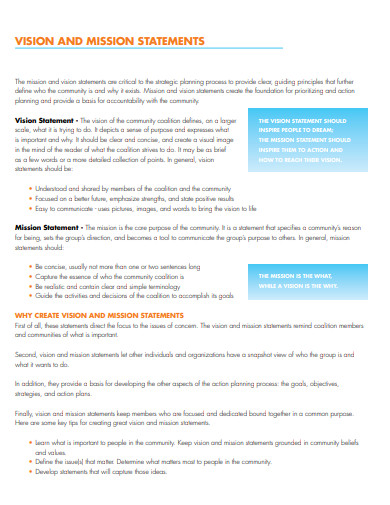
goodandhealthysd.org
2. Guidelines for Evolving Vision and Mission Statement
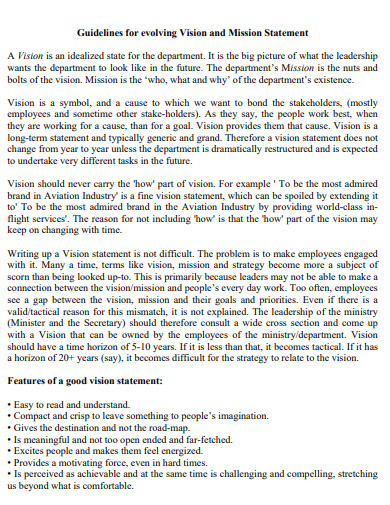
cga.nic.in
3. Vision and Mission Value Statement

nonprofitnext.org
4. Nonprofit Vision and Mission Statement Worksheet

wholewhale.com
5. Writing Vision and Mission Statement
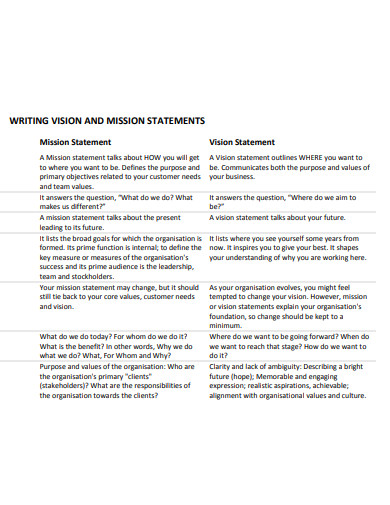
britishcouncil.mk
6. Developing Vision and Mission Statement
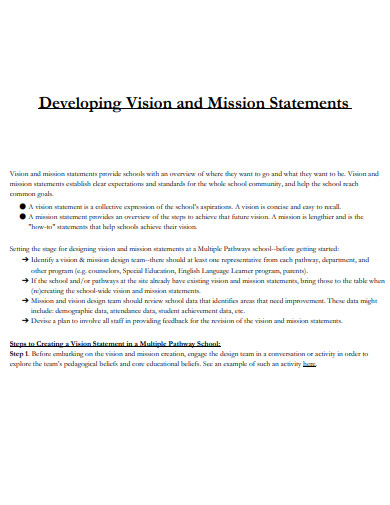
casn.berkeley.edu
7. Vision and Mission Statement Roadmap
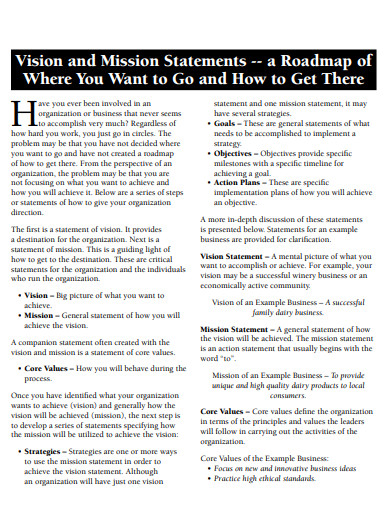
extension.iastate.edu
8. The Business Vision and Mission Statement
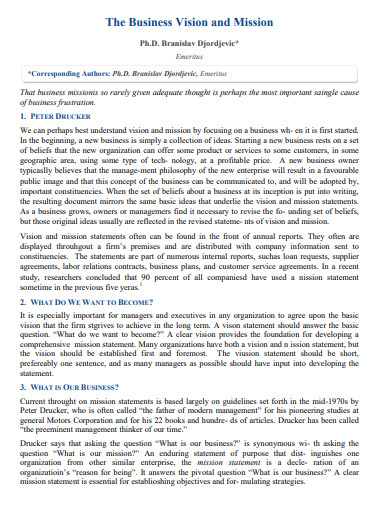
arcjournals.org
9. Vision and Mission Statement Analysis
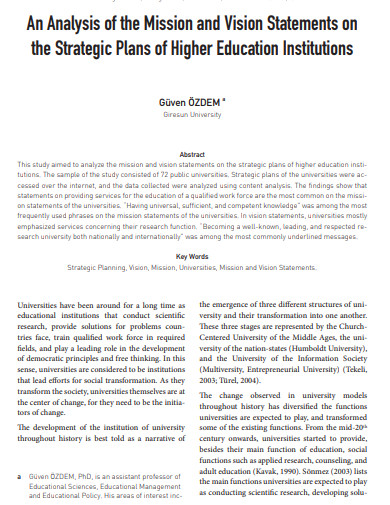
files.eric.ed.gov
10. Comparison chart of Vision and Mission Statement
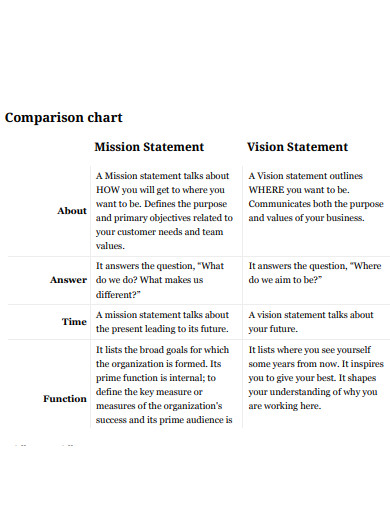
tellcarole.com
11. Characteristics of Vision and Mission Statement
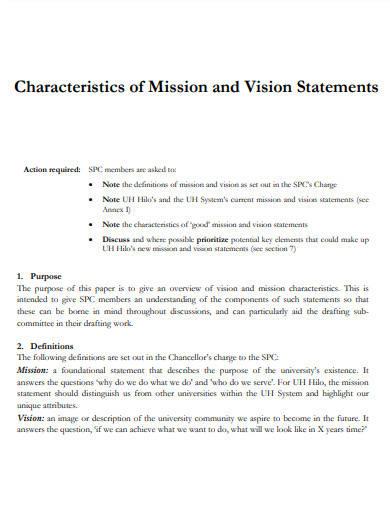
hilo.hawaii.edu
12. Examining Vision and Mission Statement
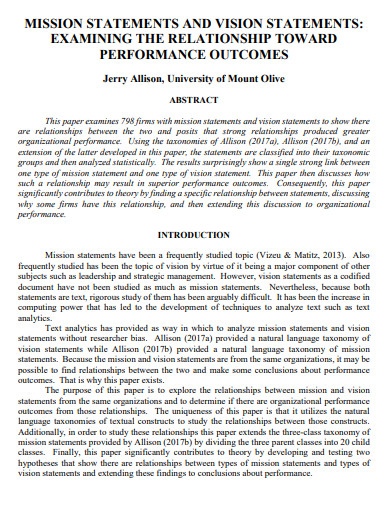
igbr.org
13. Worksheets for Developing Vision and Mission Statement
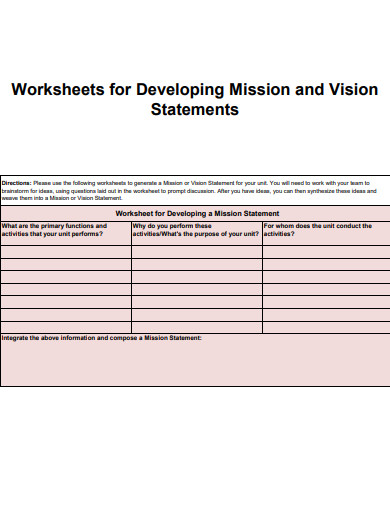
lonestar.edu
14. Vision Objective and Mission Statement
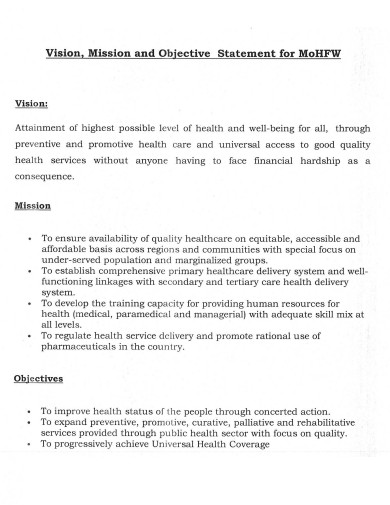
main.mohfw.gov.in
15. Vision and Mission Statement in Higher Education

centenaryuniversity.edu
16. Protocol for Vision and Mission Statement
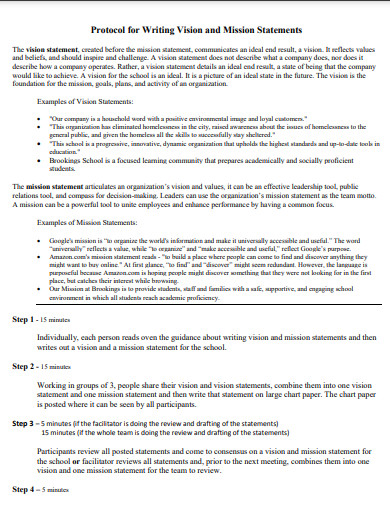
plcexpansionproject.weebly.com
17. Basic Vision and Mission Statement
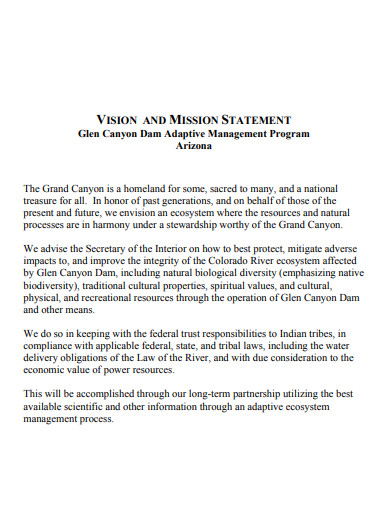
seas.umich.edu
18. Guide to Vision and Mission Statement

iu13.org
19. Committee Vision and Mission Statement
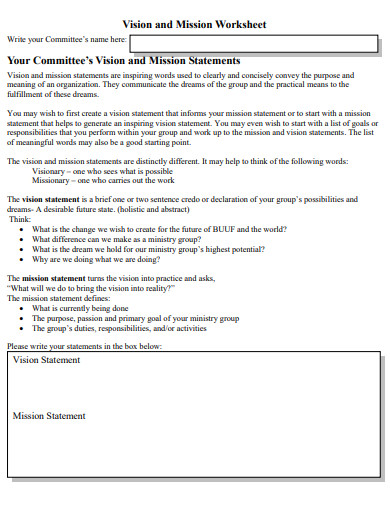
boiseuu.org
20. Community College Vision and Mission Statement
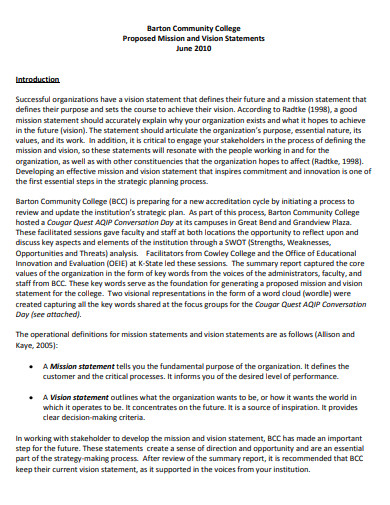
docs.bartonccc.edu
21. Sample Vision and Mission Statement
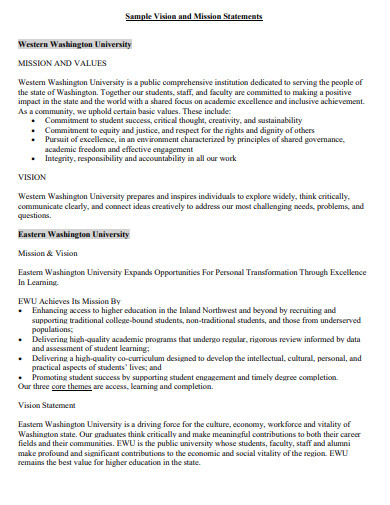
cwu.edu
22. Credit Union Vision and Mission Statement
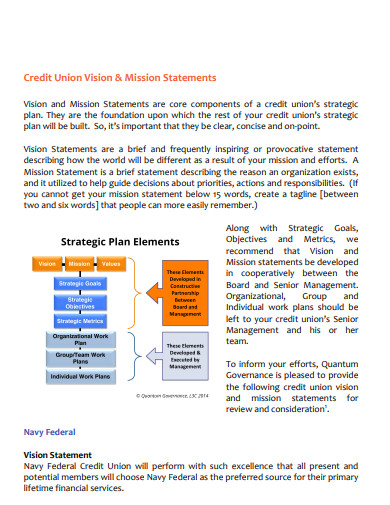
quantumgovernance.net
23. Statement Vision and Mission Statement
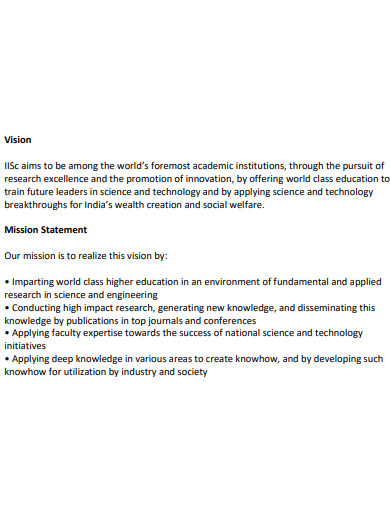
iisc.ac.in
24. Benefits of Vision and Mission Statement
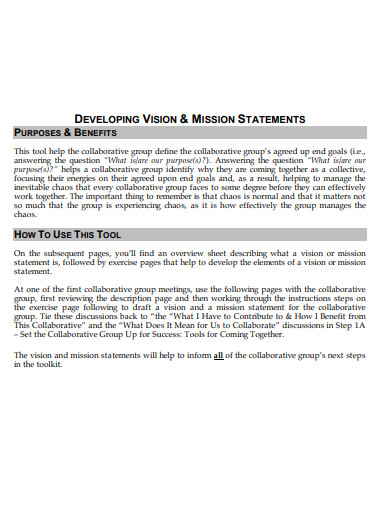
kcsdv.org
What is a Vision and Mission Statement?
A vision statement is a concise and inspiring declaration of what an organization aspires to become in the future. It outlines the organization’s dreams, ambitions, and long-term goals. On the other hand, a mission statement is a simple sentence that defines the purpose and core reason for the organization’s existence. It describes what the organization does, who it serves, and how it accomplishes its objectives. Both the vision and mission statements are integral components of a company’s strategic planning process, providing the necessary context for its operations.
How to draft your Vision and Mission Statement
Creating a compelling vision and mission statement requires careful consideration and an understanding of your organization’s values and objectives. Here’s a step-by-step guide to help you craft meaningful and impactful statements:
Step 1: Conduct an In-depth Analysis
Begin by thoroughly observing your organization’s current state, future possibilities, and the competitive context in which it operates. Identify the strengths, weaknesses, opportunities, and threats (SWOT analysis) that can influence the direction of your organization. Understanding these factors will give you a clear perspective on what you want to achieve and how to position your company effectively.
Step 2: Define Your Target Market
Identify your target market and understand the needs and preferences of your customers. Knowing your target market will help you tailor your vision and mission statements to resonate with your audience. Aligning your goals with your customers’ expectations will increase the likelihood of success and customer loyalty.
Step 3: Articulate Your Aspirations with Strong Verbs
When writing your vision and mission statements, use strong verbs to communicate action and determination. Verbs infuse energy into your statements and convey a sense of purpose. Be precise and concise in your language, ensuring your statements are easy to understand and memorable.
Step 4: Crafting the Statements
Once you have gathered all the essential information, it’s time to create your vision and mission statements. For your vision statement, describe the long-term picture of your organization and its desired impact on the world. Aim to inspire and motivate both employees and stakeholders. For your mission statement, focus on the core purpose of your organization and its commitment to fulfilling the needs of your target market. Ensure that the mission statement reflects the values and aspirations of your organization.
FAQs
What is the difference between a vision and mission statement?
A vision statement outlines an organization’s long-term aspirations and goals, while a mission statement defines its purpose, target market, and how it intends to achieve its objectives.
Why are vision and mission statements important for a company?
Vision and mission statements provide a clear sense of direction and purpose, aligning employees and stakeholders toward common goals, and fostering unity and focus within the organization.
Can vision and mission statements change over time?
Yes, vision and mission statements can evolve as the company grows or the market landscape changes. Organizations may revise their statements to adapt to new opportunities or challenges.
A well-crafted vision and mission statement can serve as a powerful tool to guide your organization towards success. By carefully considering your organization’s context and aspirations, defining your target market, using strong verbs, and crafting clear and concise statements, you can create a compelling vision and mission that inspire both your internal team and external stakeholders. Remember, these statements are not set in stone and can evolve over time, aligning with your company’s growth and evolution.


